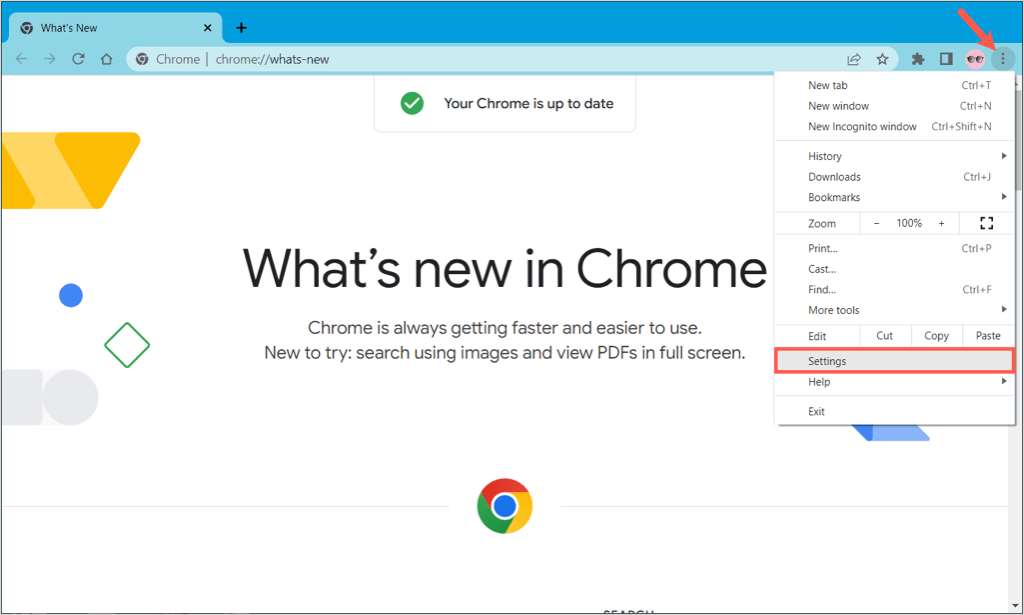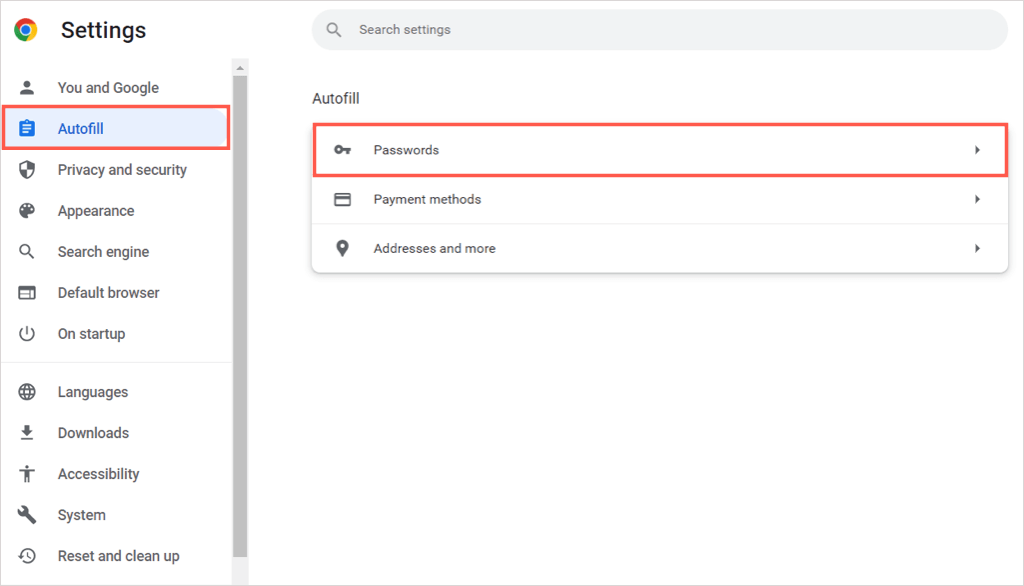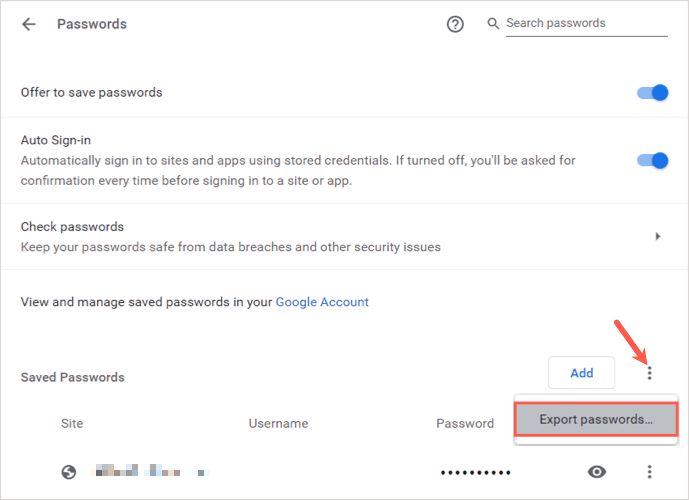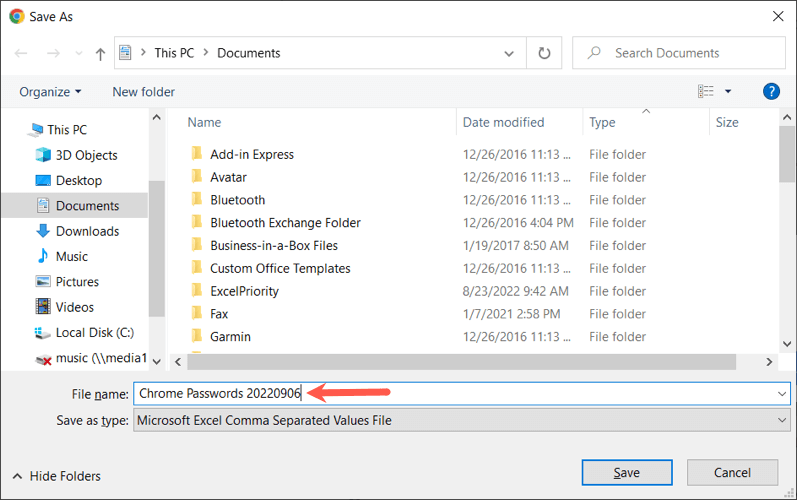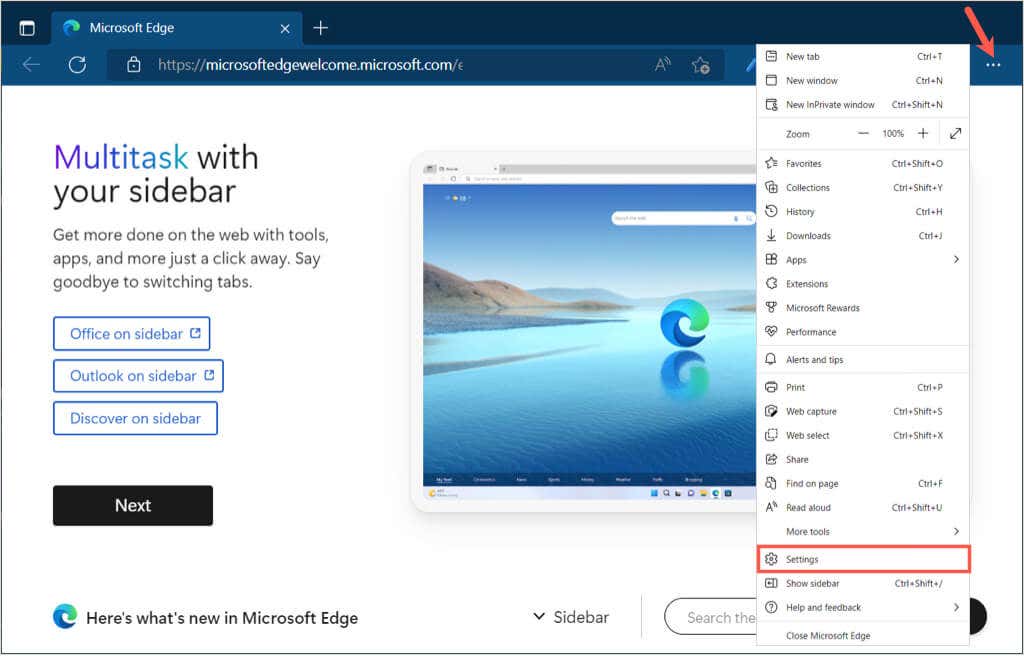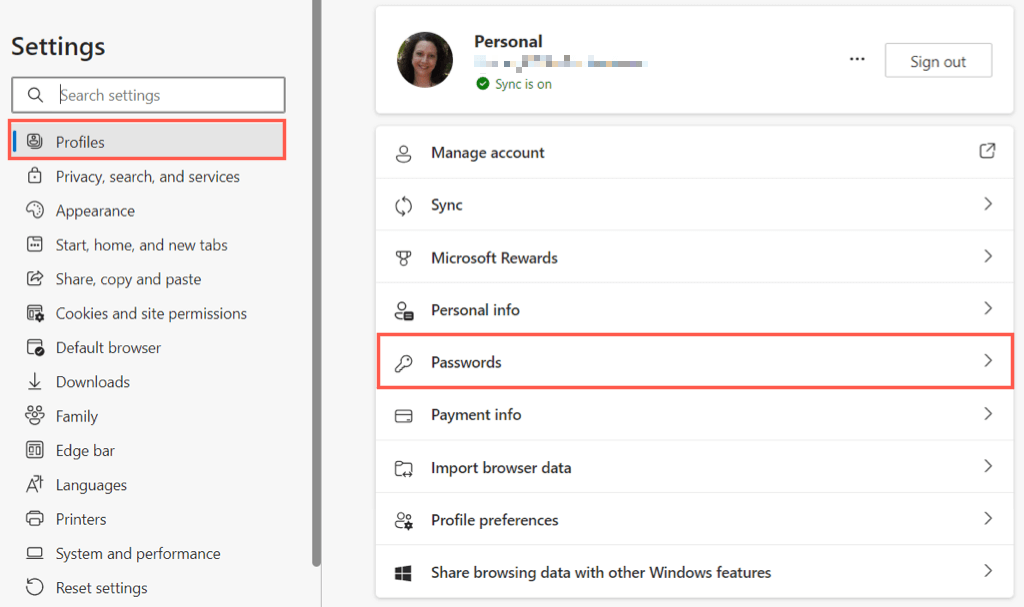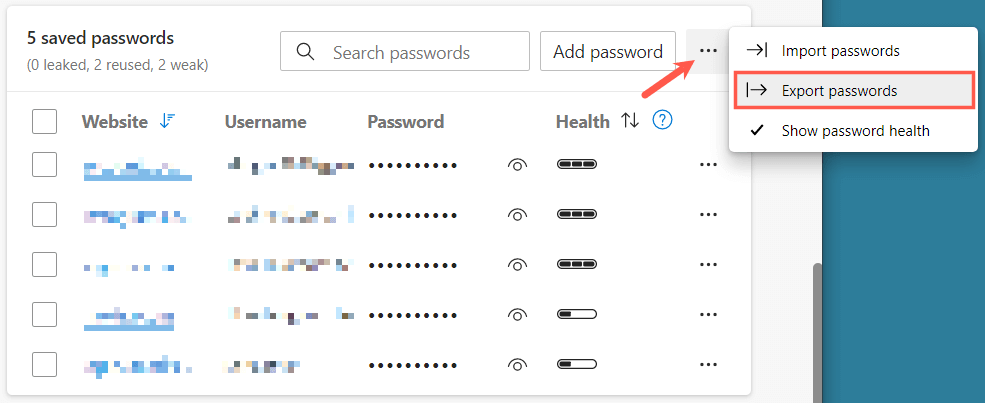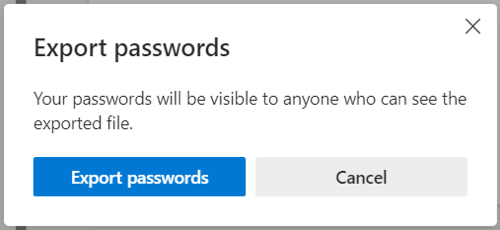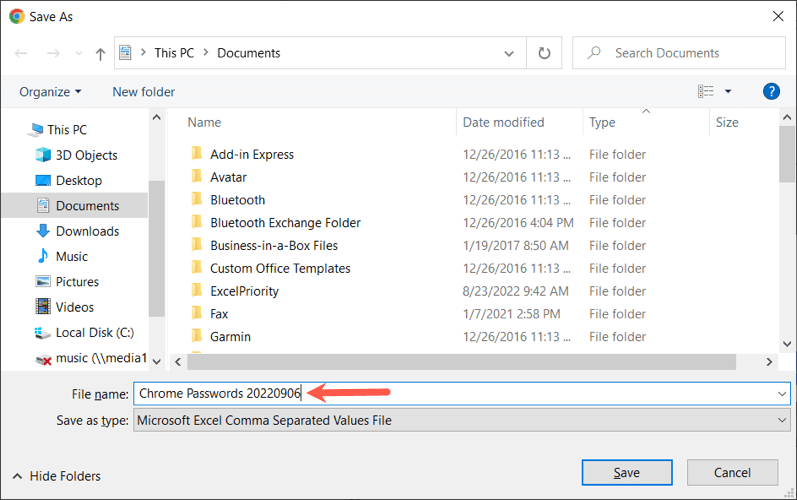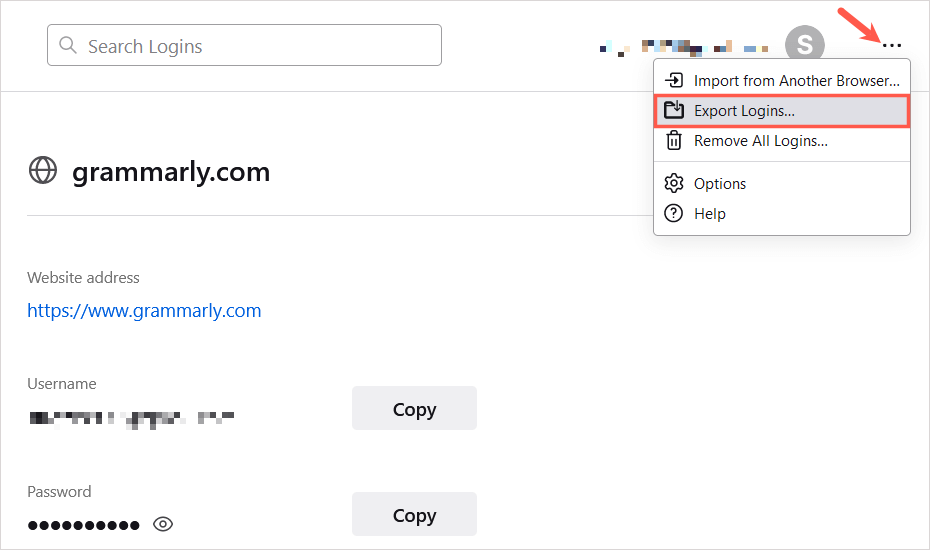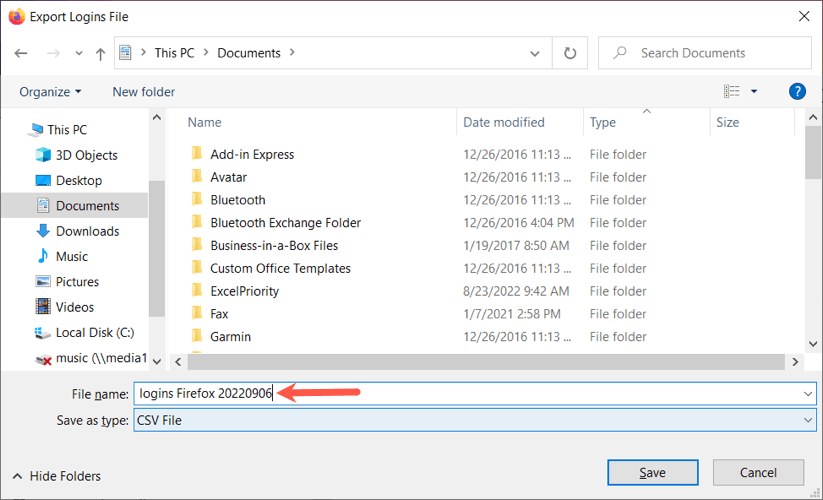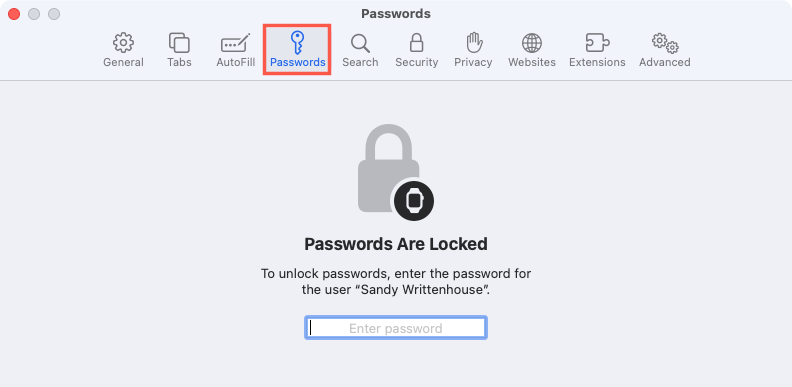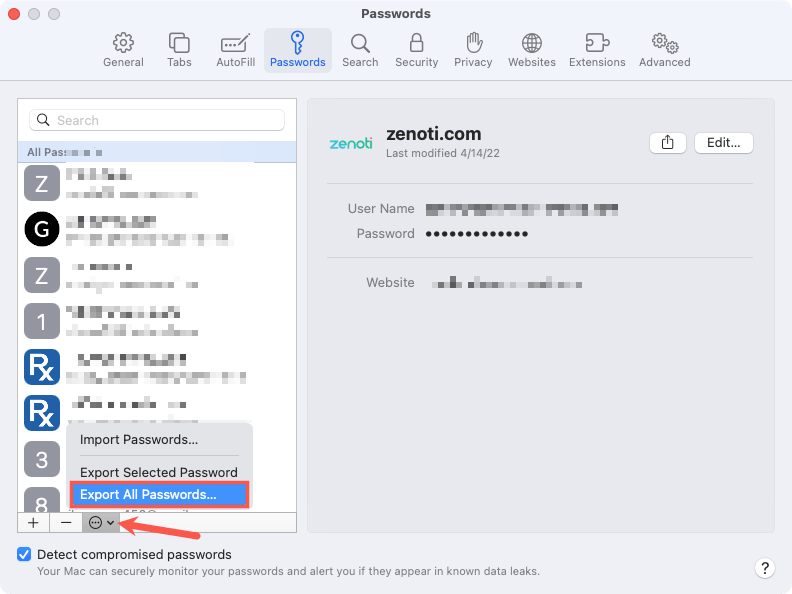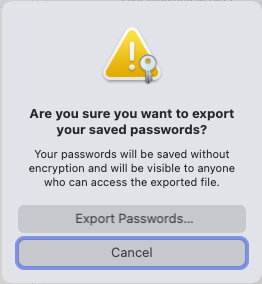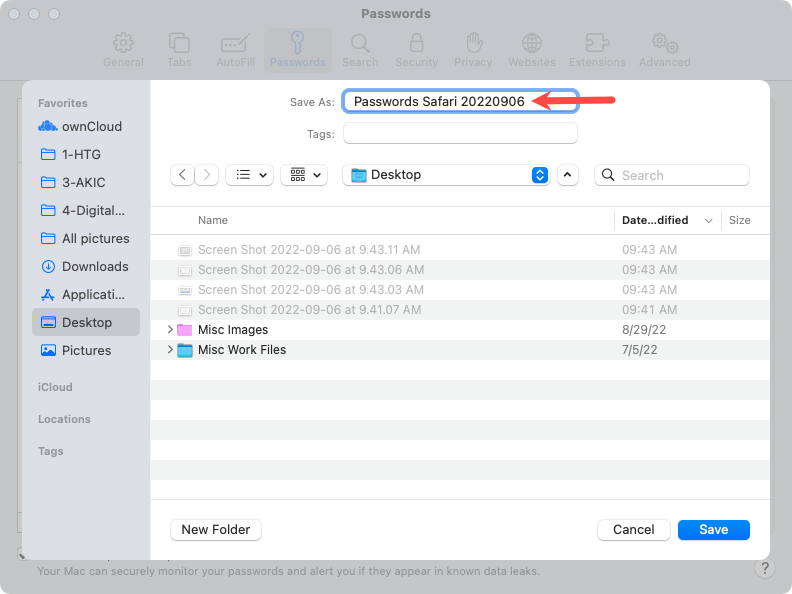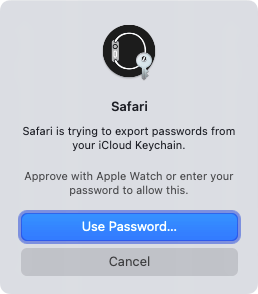
If you started using a password manager and want to import your saved passwords or just want to save a backup copy of your logins, you can export passwords from your web browser in a few steps.
We’ll show you how to export passwords from Chrome, Edge, Firefox, and Safari so you’re covered no matter which browser you use.
Take Precautions With the Password File
When you export passwords from your web browser as described below, you’ll receive a readable file. By default, the file is in a CSV file format which allows you to open it with an application like Microsoft Excel or Apple Numbers if you like. However, it allows anyone with access to your computer to view the file as well.
Be sure to take necessary safety measures when saving the file.
How to Export Chrome Passwords
Open the Google Chrome browser on Windows or Mac, make sure you’re signed in with your Google account, and follow these steps to view and export your passwords.
- Select the Customize and Control Google Chrome icon (three dots) on the top right.
- Choose Settings in the drop-down menu.
- On the left side of the subsequent screen, select Autofill.
- On the right, pick Passwords.
- At the top of the Saved Passwords section, select the three dots to the right of the Add button and choose Export passwords.
- Confirm this action by picking Export passwords in the pop-up window.
- Enter your computer password when prompted.
- Select a location for the password file and optionally change the name. It may be helpful to include the date in the file name.
- Choose Save and then head to the spot where you saved the exported file to access it.
How to Export Edge Passwords
Open the Microsoft Edge browser, confirm that you’re signed in with your Microsoft account, and follow the steps below to export your passwords.
- Select the Settings and More icon (three dots) on the top right.
- Choose Settings in the drop-down menu.
- On the left side of the subsequent screen, select Profiles.
- On the right, pick Passwords.
- At the top of your Saved Passwords list, select the three dots to the right of the Add Password button and choose the Export passwords option.
- Confirm this action by picking Export passwords in the pop-up window.
- Enter your computer password when prompted.
- Select a spot for the password file and optionally give it a name you’ll recognize. Again, you may want to add the date to the file name.
- Choose Save and then visit the location where you saved the file.
How to Export Firefox Passwords
Open Mozilla Firefox on Windows or Mac, sign in with your Firefox account, and follow these steps to see and export your passwords.
- Select the Open application menu icon (three lines) on the top right.
- Choose Passwords in the drop-down menu.
- On the top right next to your username, select the three dots to open the menu and choose Export logins.
- Confirm this action by picking Export in the pop-up window.
- Enter your computer password when prompted.
- Select a location for the password file and optionally change the name or include the date if you like.
- Choose Save and then head to the spot where you saved the file to access it.
How to Export Safari Passwords
Open Safari on Mac and follow the steps below to view and export your passwords.
- Select the Safari > Preferences from the menu bar.
- Go to the Passwords tab and enter your password.
- On the left side below your list of logins, select the arrow next to the three dots and pick Export All Passwords. Note: You can also select a specific password in your list and pick Export Selected Password.
- Confirm this action by picking Export Passwords in the pop-up window.
- Select a spot for the password file and optionally give it a meaningful name or add the date.
- Choose Save and enter your computer password when prompted.
- Then visit the location where you saved the exported file to access it.
Whether you want to add your browser’s saved passwords to a new password manager or need to create a backup file as a precaution, you can export Chrome, Edge, Firefox, and Safari passwords easily.
